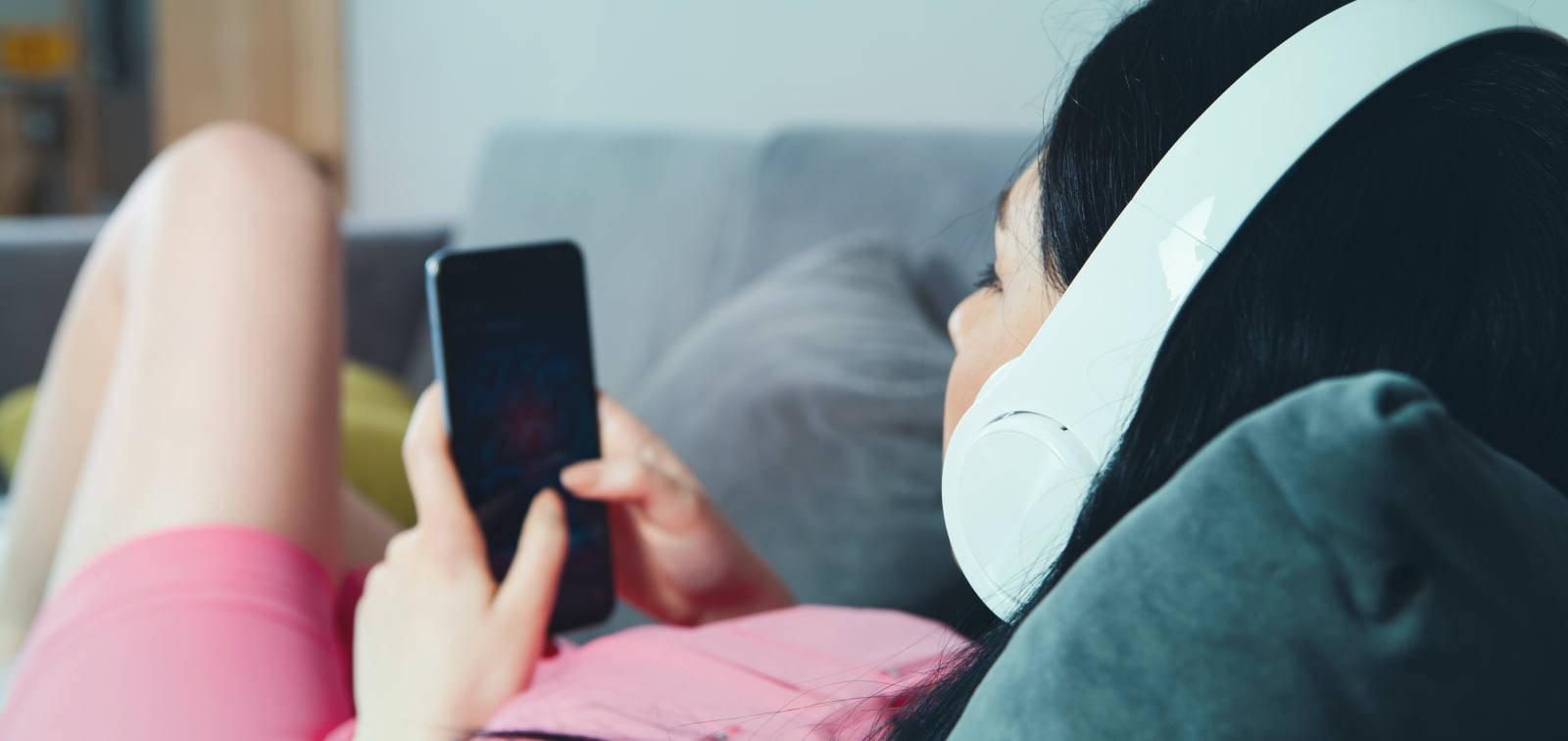Exposure of Pre-Adolescent Children to Electromagnetic Fields Emitted by Mobile Devices is Not Associated with Sleep Disturbances
Phone calls in the evening may shorten sleep time, although the mechanisms remain to be determined, says a new study
21.12.2021
Overall exposure of preadolescent children to electromagnetic fields emitted by mobile communication devices during the day is not associated with sleep disturbances, according to a study led by the Barcelona Institute for Global Health (ISGlobal), an institution supported by “la Caixa” Foundation. However, the study findings, which have been published in Environmental Research, suggest that there may be an effect on sleep when exposure occurs during the evening.
Sleep is crucial for the health and development of adolescents, and yet many of them do not get enough sleep. The use of mobile phones and other devices is one factor, and could be linked to mental stress, blue light exposure, and/or exposure to low levels of radiofrequency electromagnetic fields (RF-EMF) emitted by these devices.
“There are very few studies examining the potential effect of RF-EMF on sleep”, says Mònica Guxens, ISGlobal researcher and senior author of the paper. In particular, no study has integrated exposures from different RF-EMF sources during the day, or assessed whether the time of exposure (day or evening) has an impact.
In this study, Guxens and her team studied over 1,500 preadolescents between 9 and 12 years old, belonging to the Dutch Generation R cohort and two Spanish sub-cohorts of the INMA Project (one in Sabadell and the other in Guipuzkoa), and estimated the overall RF-EMF dose received by each participants’ brain during the day, both from environmental sources (TV and radio antennas, WiFi, mobile phone stations near the home) and proximal sources (personal use of mobile and cordless phones, tablets, and laptops connected to internet). Information on use of mobile devices and sleep disturbances was collected through a questionnaire. For a small group (around 300 participants), the researchers also collected information on the use of mobile devices after 7 pm in the evening, and measured sleep objectively during seven days, through the use of a wearable device (a wrist accelerometer) and sleep diaries.
Results show that, in average, preadolescents spend almost 50 minutes a day looking at screens on mobile devices and 2.5 minutes per day making phone calls, which were the main contributor to brain RF-EMF doses. There were differences between cohorts in the use of devices, but no association was found between all-day RF-EMF doses and sleep disturbances. The average total sleep time was of 7.5 hours. Only 20% of pre-adolescents reported making or receiving phone calls in the evening, but those with high evening doses from phone calls showed reduced sleep time (12 minutes less in average, compared to those with no phone calls).
“We cannot exclude that this effect is due to other factors related to the phone call and not to RF-EMF exposure,” says Alba Cabré-Riera, first author of the study. “But our findings do suggest that the amount of RF-EMF dose absorbed by the brain in the evening might be more relevant for adolescents’ sleep,” she adds.
Reference
Alba Cabré-Riera, Luuk van Wel, Ilaria Liorni, M Elisabeth Koopman-Verhoeff, Liher Imaz, Jesús Ibarluzea, Anke Huss, Joe Wiart, Roel Vermeulen, Wout Joseph, Myles Capstick, Martine Vrijheid, Elisabeth Cardis, Martin Röösli, Marloes Eeftens, Arno Thielens, Henning Tiemeier, Mònica Guxens. Estimated all-day and evening whole-brain radiofrequency electromagnetic fields doses, and sleep in preadolescents . Environ Res. 2021 Oct 29;112291. doi: 10.1016/j.envres.2021.112291.



